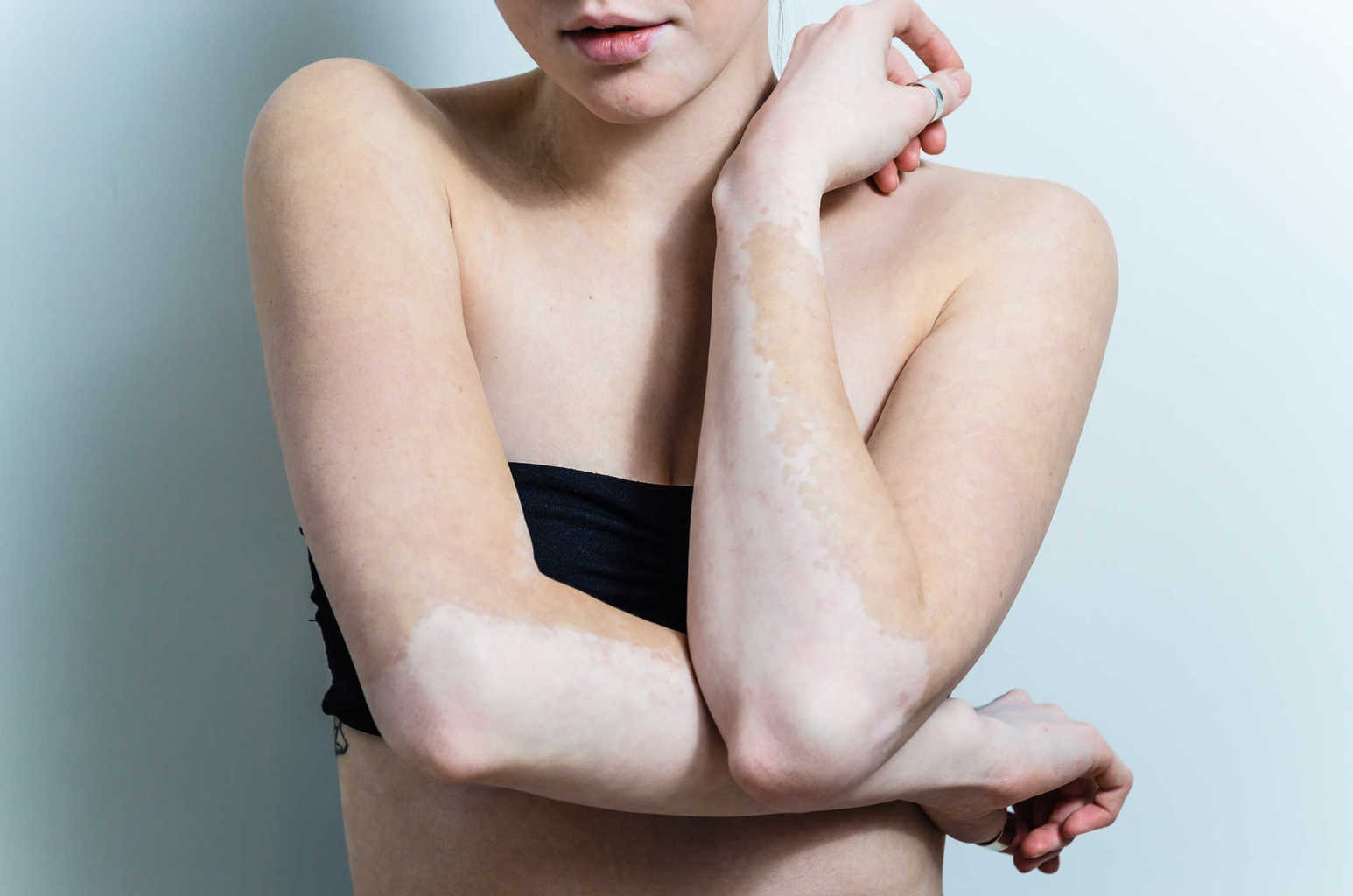Contents:
- Medical Video: Type 2 Diabetes | Nucleus Health
- What is vitiligo?
- Who might experience this complication?
- What are the symptoms of vitiligo?
- Why did I experience vitiligo?
- How do doctors diagnose this condition?
- What are the treatments for vitiligo?
- What can I do to deal with vitiligo?
Medical Video: Type 2 Diabetes | Nucleus Health
What is vitiligo?
Vitiligo is a skin disorder in which white patches on the skin appear on various parts of the body due to the destruction of melanocytes, the cells that make color to the skin. Vitiligo can also affect the mucous membranes, such as tissue in the mouth, nose and eyes.
Who might experience this complication?
Of a thousand people, there are only one or two vitiligo patients. Many people start getting this disease in their 20s, but this disease can occur at any age. The disorder affects all races and genders. However, this is more visible in people with dark skin.
What are the symptoms of vitiligo?
The main sign of vitiligo is loss of color (pigment) which produces light or white patches on your skin. In the beginning, color fading appeared in areas exposed to sunlight, such as hands, feet, arms, face and lips.
Signs of vitiligo include:
- Skin discoloration
- Hair on your scalp, eyelashes, eyebrows or beards (usually before age 35)
- Color loss in the tissue that lines the inside of the mouth and nose (mucous membrane)
- Loss or discoloration of the inner layer of the eyeball (retina)
- Faded spots around the armpits, navel, genitals, and anus
Why did I experience vitiligo?
Like type 1 diabetes, vitiligo seems to be an autoimmune disorder, in which the immune system launches a directed attack on its own tissue. In the case of vitiligo, the target of an autoimmune attack is melanocytes.
People with certain autoimmune diseases, such as hyperthyroidism, are more likely to get vitiligo than people who don't have autoimmune diseases.
Scientists don't know why vitiligo is linked to this disease. However, most people with vitiligo do not have other autoimmune diseases.
Vitiligo can also occur in the family. Children whose parents experience the disorder are more likely to develop vitiligo. However, most children will not get vitiligo even if their parents are sufferers.
How do doctors diagnose this condition?
Doctors will use family and medical history, physical examination, and testing to diagnose vitiligo. The doctor will do a physical examination to sort out other medical problems.
Medical tests that your doctor may ask include:
- Take a small sample (biopsy) of the affected skin for examination
- Blood test
- Eye examination
What are the treatments for vitiligo?
Many treatments are available to help restore skin tone. The results are varied and unpredictable. Some medications have serious side effects. Therefore, your doctor may suggest that you first try to improve the appearance of your skin by applying a skin-darkening product or make-up.
If you and your doctor decide to treat your condition with drugs or other therapies, the process can take months to see its effectiveness. In addition, you may have to try more than one approach before you find the best treatment.
Medical treatments include:
- The drugs (such as creams) that you apply to the skin
- Medications that you take by mouth
- A treatment that uses drugs plus ultraviolet A (UVA) light (PUVA)
- Remove colors from other areas so that they match the white spots.
Surgical treatments include:
- Skin grafts from one's own tissue. the doctor takes the skin from one area of the patient's body and attaches it to another area. This is sometimes used in people with small vitiligo patches.
- Tattoos on small areas of the skin.
What can I do to deal with vitiligo?
You may feel stressed, self-conscious, sad, embarrassed or even depressed by changes in your appearance caused by vitiligo. You may feel that the condition limits your ability to carry out your daily activities, especially if it spreads or affects the area of your body that is visible, such as your face, hands, arms and legs. The following self-care tactics can help you take care of your skin and improve appearance:
- Protect your skin from the sun and sources of artificial UV light. You can also look for shade and wear clothes that protect your skin from the sun.
- Protecting the skin from the sun helps prevent sunburn and long-term damage.












